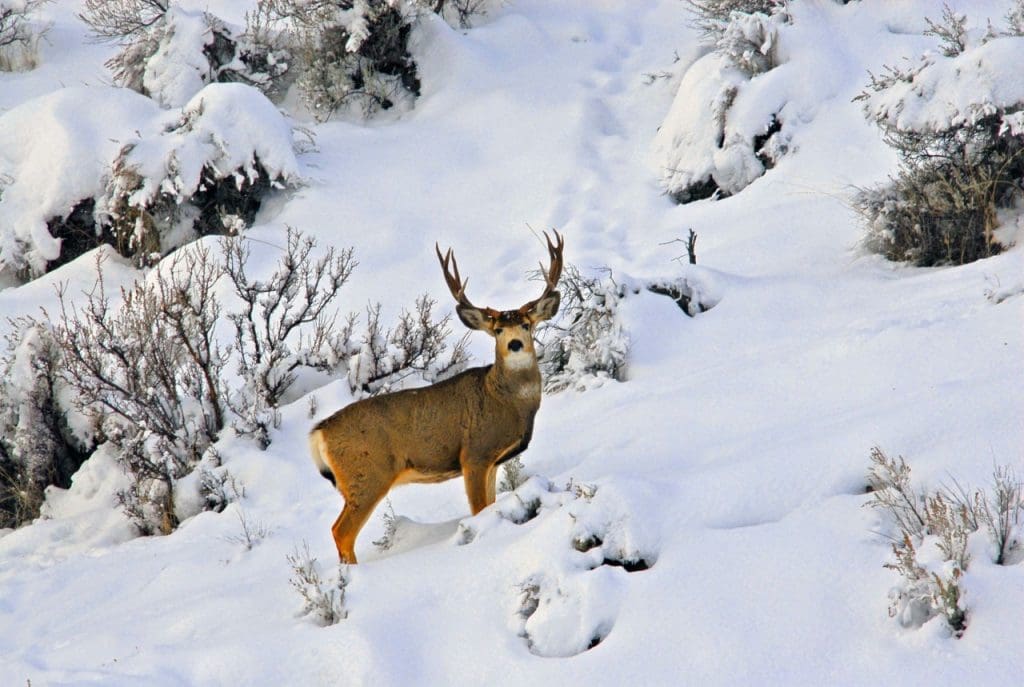
If you’re a big buck hunter, you’re probably a weather freak, too. After all, terminal weather conditions usually have the biggest impact on your hunt. Consider, too, that long-term weather patterns also affect your hunt even though it may be months away. Drought, fire, and hard winters all can have a negative effect on your upcoming seasons.
Checking the Natural Resources Conservation Service (NRCS) SNOTEL page, I can see that a big swath of the Western U.S. is experiencing significant winter weather that may lead to winterkill of mule deer. From the Sierras of California to Nevada’s Great Basin through the Intermountain West, to Colorado and even Northern New Mexico, snowpack ranges from 130% to over 200%. It seems that the Intermountain West (parts of Southern Idaho, Western Wyoming, and Northern Utah) are experiencing especially tough conditions.
Add to this the fact that parts of the West experienced colder than average temperatures in December (as much as 9 degrees) with many places seeing temps plummet to 30 below zero, we are on the cusp of what could be a significant winterkill. By significant, I’m talking doe losses up to 20%, fawn losses pushing 80%* and mature buck losses somewhere in between those numbers (I have no science to support mature buck mortality-little study has been done on that population segment.)
The good news is that it’s still a little early to call it; a significant warm-up with no major storms between now and late March could help us dodge a bullet. Also on our side is that winter got a late start across the West without significant snows until the first week of December. A few biologists have also reported that many deer entered the winter in great shape with ample fat reserves which is really the best insurance against winterkill.
Against us is the fact that many areas had a very dry summer suppressing growth of the critical plants needed for mule deer to survive over the tough winter.
So what to do?
1) First, let’s wait and see what happens. The earliest application deadline is Utah’s March 2nd deadline with most other states in late March to early June. This gives the individual hunter time to decide where to apply depending on how the winter ends
2) I’ve lived and hunted through some very tough winters including the ’83/’84, ’92/’93, ’96/’97, 2007/2008, and finally 2010/2011 winters. What have I learned?
If you have a choice, hunt somewhere else the fall after the hard winter. Mature buck numbers will be down and it’s hard to kill what doesn’t exist in decent numbers.
If you’re forced to hunt a winterkill unit, take heart. Hard winters take out the weak and diseased and the genetically inferior first. There will be some bucks that are bigger in the body, have higher fat reserves (some research by Dr. Valerius Geist shows that certain bucks don’t rut, vastly improving their chance of survival), that will survive the winter just fine.
Typically hard winters are followed by lush springs that push nutrition to it’s max, helping the bucks (and other deer) that survived regain lost reserves quickly. In typically arid country like Southern Utah/Nevada and Arizona, antler growth can be phenomenal.
Also, the average hunter who hears about winterkill in his unit will expend less effort and less days chasing big bucks. It’s like when the salmon are running hard; the banks of the river will be elbow-to-elbow, but on a bad year, only the hard-core seasoned fisherman is catching fish and with much less company.
So as I look out the window at the biggest piles of snow I’ve seen since I was a teenager, I can only pray the next month brings significant relief. If it doesn’t, I’ll adjust my application strategy accordingly. If do hunt a winterkill unit, I’ll still expect to find a big buck somewhere and possibly have a little less competition once the hunt starts.
A guy should think positive.
Are you experiencing a hard winter in your area? Log-in above right at the padlock symbol and post in the comments below.
You can always subscribe at upper right at “Rok Blog Sign-up” and receive notification every time I post.
*Doe and fawn mortality statistics were estimated using Idaho Fish and Game published data- thanks goes out to Eric Freemen, Regional Wildlife Biologist for the Southeast Region
Read about how I research mule deer in my book, Hunting Big Mule Deer

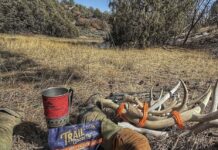
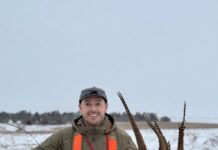


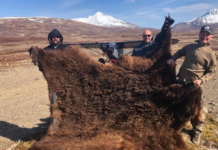








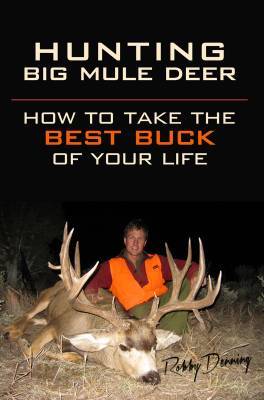
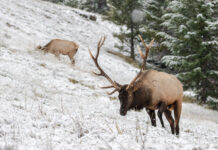
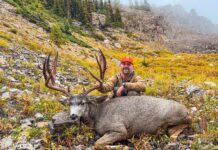
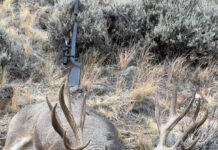



Good article Robby. I’ll be hunting a northern Utah unit this fall as it’s home so hopefully the current feeding program helps a few make it through the winter.
Nate, yes, you and I are kinda in the bullseye right now of a hard winter. Glad to see Utah helping those struggling deer and I saw they banned shed hunting this winter, too. Can only help.
Robby we have taken a big hit up here also… I am sure the whitetail are struggling big time. The worst part this area up here around and Latah/Clearwater county had a huge problem with Blue Tongue Disease last year that took a big toll on the whitetail. I really hope your thoughts about a good month come to pass we really need it.
I didn’t know it was that bad up there, Mike.
Comments are closed.